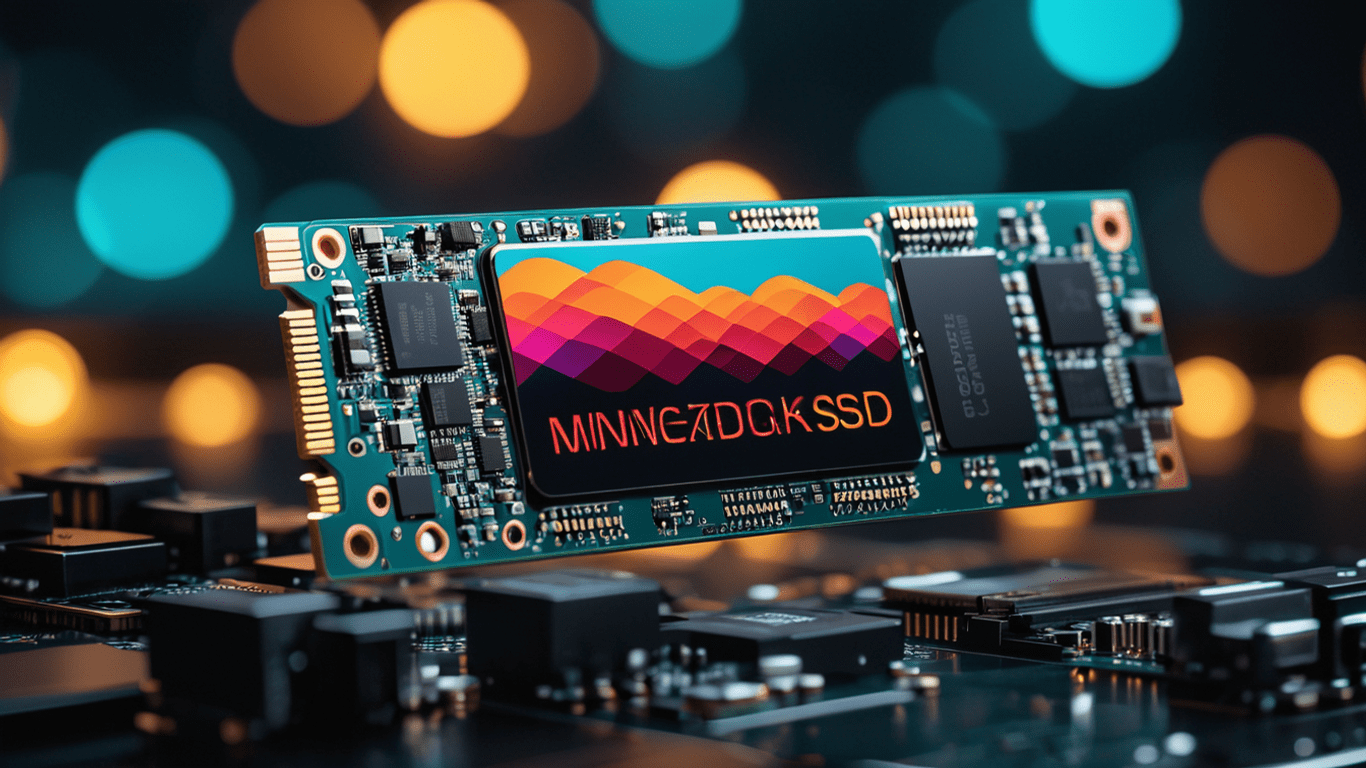M.2 NVMe SSDs represent the latest advancement in storage technology, offering faster speeds, smaller form factors, and higher performance compared to traditional SATA SSDs. Unlike traditional hard drives, which rely on spinning disks, M.2 NVMe SSDs utilize NAND flash memory, resulting in significantly faster read and write speeds. With their compact size and efficient design, M.2 NVMe SSDs are ideal for modern computing devices such as ultrabooks, laptops, and desktops.
Table of Contents
Demystifying M.2 NVMe SSDs: The Ultimate Guide
M.2 NVMe SSDs, also known as Next Generation Form Factor (NGFF) SSDs, are advanced storage devices designed to provide exceptional speed and performance. While “NVMe” stands for Non-Volatile Memory Express, the protocol used to access the data on the form factor, “M.2” refers to the compact, rectangular shape of the the SSD.
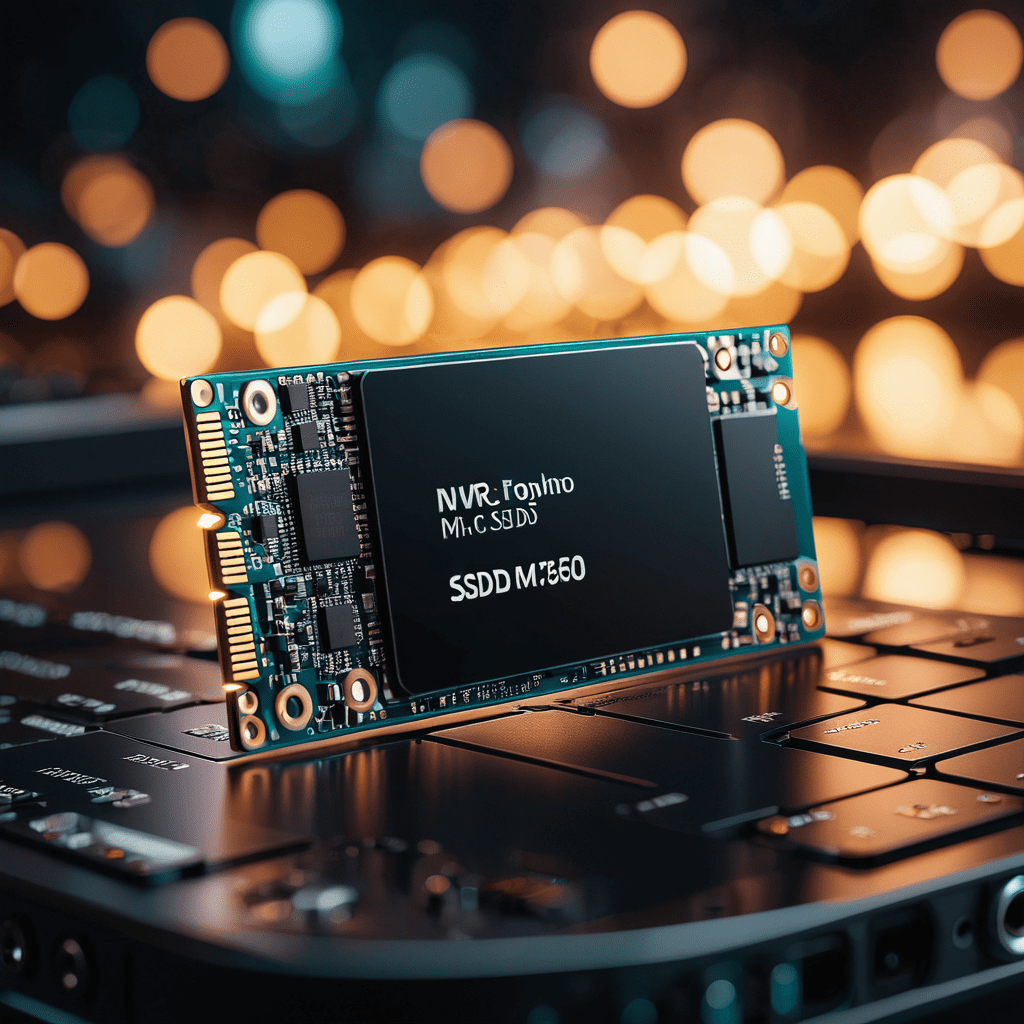
M.2 NVMe SSDs are distinct from traditional SATA SSDs in several ways. Firstly, they use the PCIe interface, which offers significantly higher bandwidth compared to SATA, resulting in faster data transfer rates. Additionally, NVMe protocol reduces latency, further enhancing performance.
Unlocking the Power of M.2 NVMe SSDs: Everything You Need to Know
The key advantage of M.2 NVMe SSDs lies in their speed and efficiency. With read and write speeds several times faster than traditional hard drives and SATA SSDs, M.2 NVMe SSDs drastically reduce load times for applications and improve overall system responsiveness.
Moreover, M.2 NVMe SSDs are highly versatile, suitable for a wide range of computing tasks, from gaming to content creation. Their compact form factor makes them ideal for use in laptops and small form factor PCs, where space is limited.
Fast, Compact, and Efficient: Exploring the World of M.2 NVMe SSDs
Despite their small size, M.2 NVMe SSDs offer impressive storage capacities, ranging from 128GB to 2TB or more. This makes them an excellent choice for users who require ample storage space without sacrificing speed or performance.
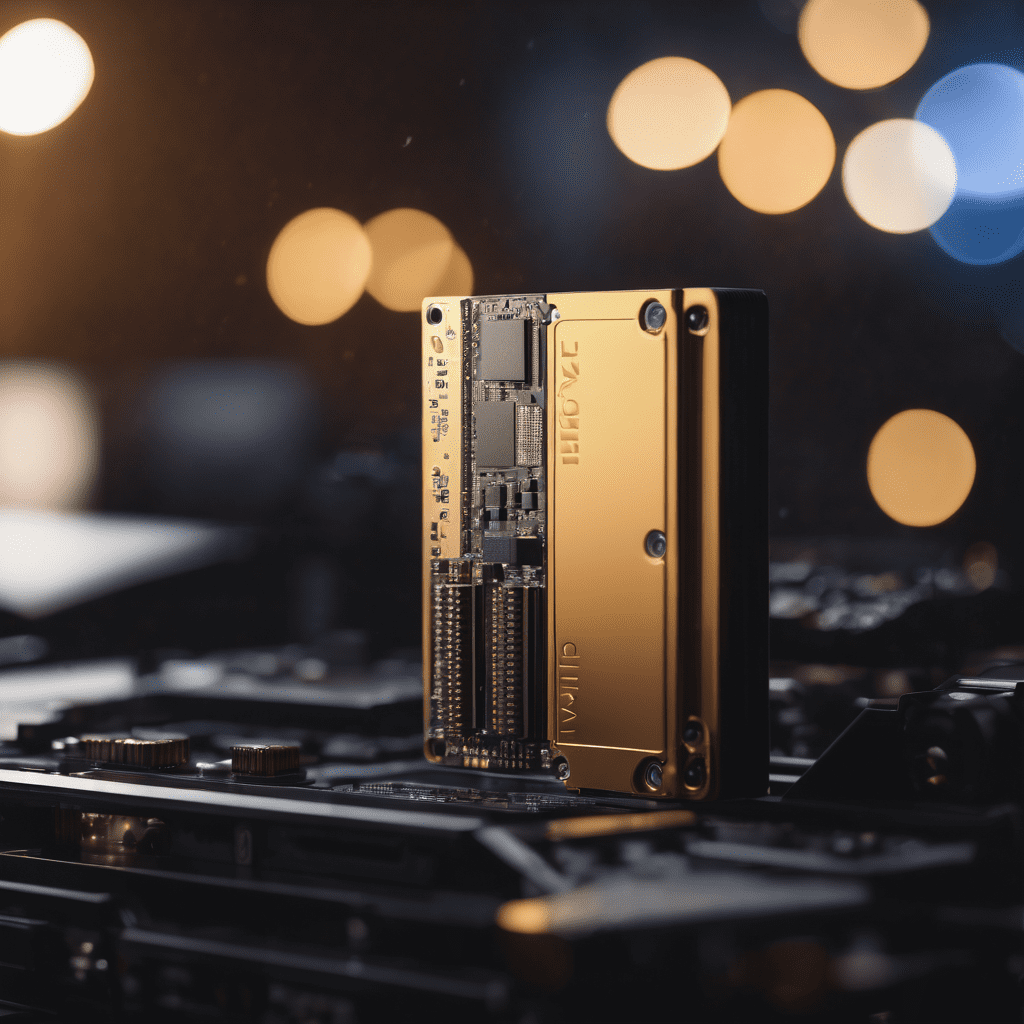
Furthermore, M.2 NVMe SSDs consume less power than traditional hard drives, resulting in improved energy efficiency and longer battery life for laptops and mobile devices. This makes them an attractive option for users who prioritize portability and battery performance.
The Future of Storage: A Deep Dive into M.2 NVMe SSD Technology
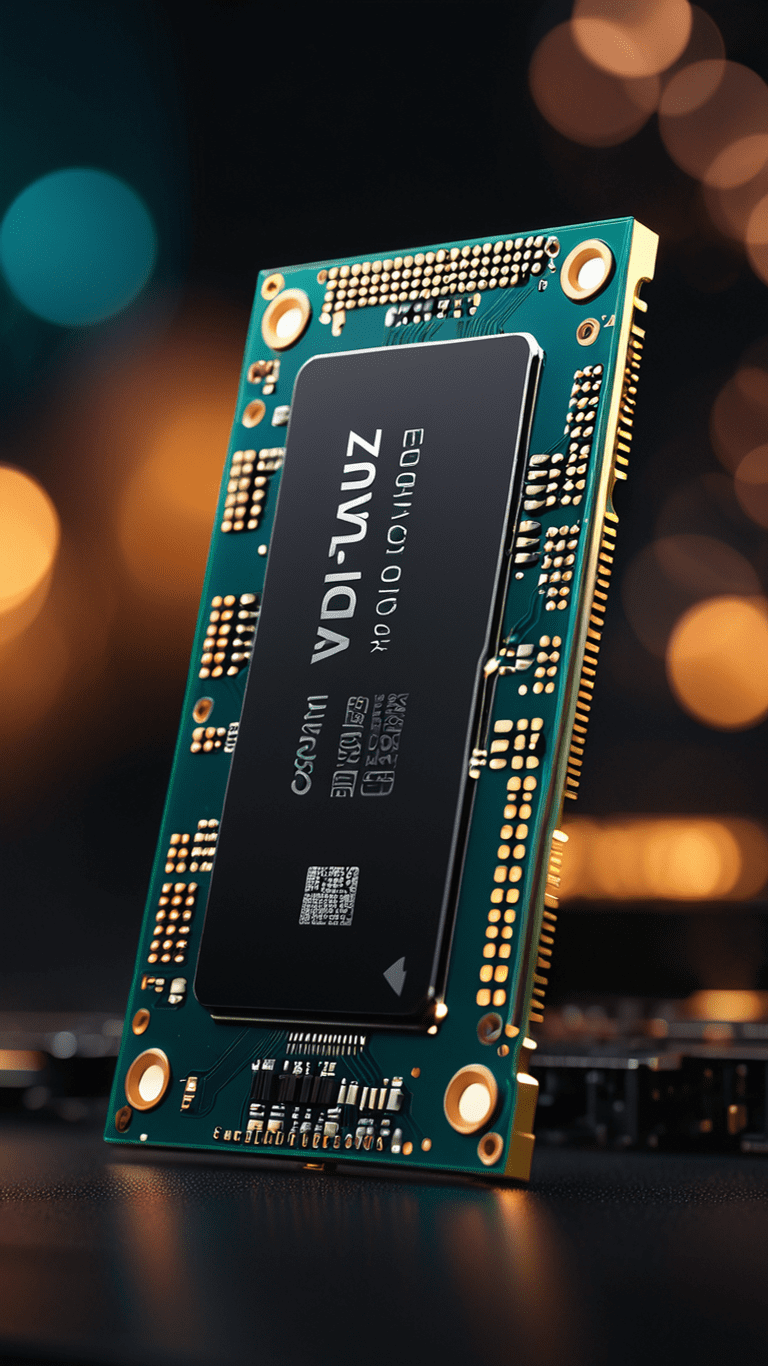
M.2 NVMe SSD technology represents the future of storage solutions. As demand for faster, more efficient storage continues to grow, M.2 NVMe SSDs are poised to become the standard for high-performance computing systems.
Advancements in NAND flash memory and controller technology are driving further innovation in M.2 NVMe SSDs, pushing the boundaries of what’s possible in terms of speed, reliability, and storage capacity. With each new generation of M.2 NVMe SSDs, users can expect even faster speeds and greater efficiency.
Upgrade Your Storage Game: Why M.2 NVMe SSDs Are the Way Forward
If you’re still using a traditional hard drive or even a SATA SSD, upgrading to an M.2 NVMe SSD can significantly improve your system’s performance. Whether you’re a gamer looking to reduce load times and stuttering in games, or a content creator working with large media files, an M.2 NVMe SSD can make a noticeable difference in your workflow.
From SATA to NVMe: Understanding the Advantages of M.2 SSDs
Compared to SATA SSDs, M.2 NVMe SSDs offer several advantages. Firstly, they offer much higher bandwidth, allowing for faster data transfer rates. This means that files can be read from and written to the SSD more quickly, resulting in shorter load times for applications and faster boot times for the operating system.
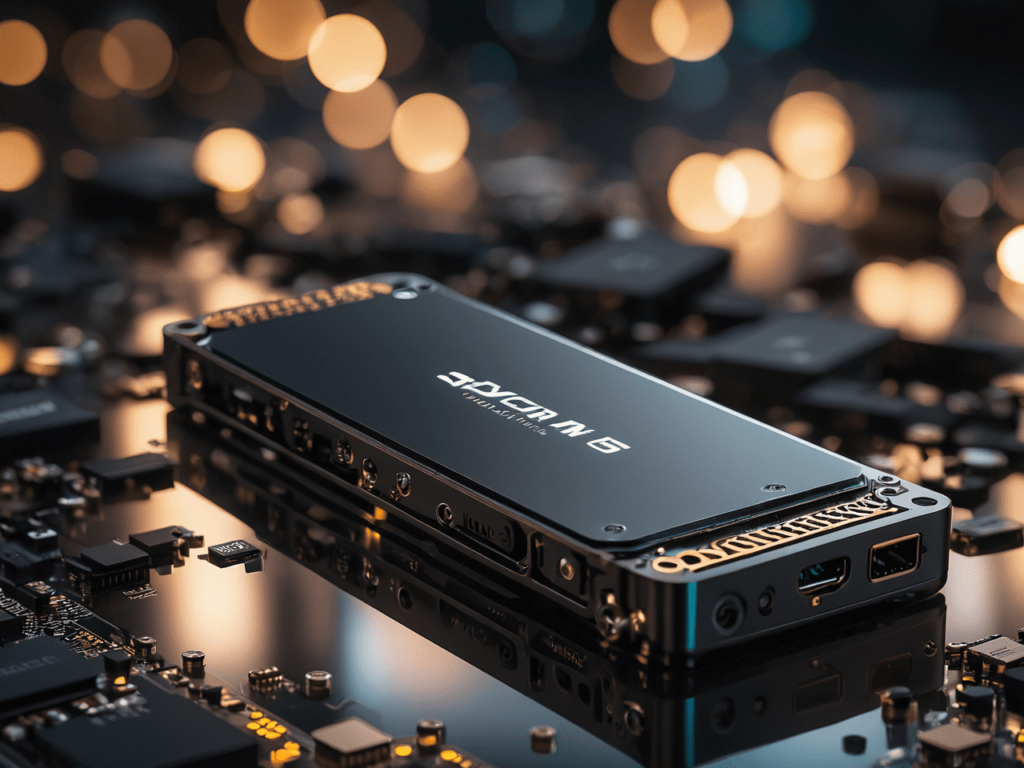
Additionally, M.2 NVMe SSDs have lower latency compared to SATA SSDs, meaning that data can be accessed more quickly. This can result in smoother performance, especially when multitasking or running demanding applications.
Speed Meets Versatility: Harnessing the Performance of M.2 NVMe SSDs
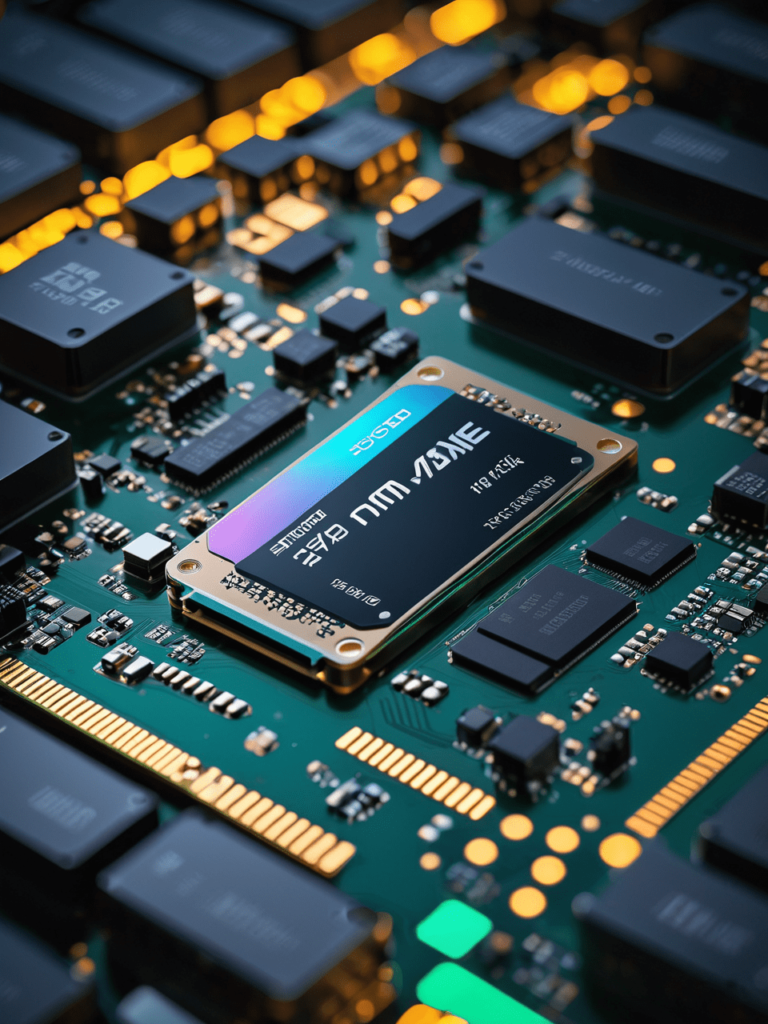
One of the most significant advantages of M.2 NVMe SSDs is their versatility. They can be used in a wide range of computing devices, from desktop PCs to ultrabooks and even high-performance workstations.
Whether you’re a casual user who wants a faster, more responsive system or a professional who needs the fastest storage available for demanding workloads, an M.2 NVMe SSD can meet your needs.
Choosing the Right M.2 NVMe SSD: A Buyer's Guide
When choosing an M.2 NVMe SSD, there are several factors to consider. First and foremost is the capacity of the SSD. Make sure to choose a capacity that meets your storage needs, taking into account the size of your operating system, applications, and files.
Next, consider the performance specifications of the SSD, including read and write speeds, as well as random read and write IOPS (Input/Output Operations Per Second). Higher performance SSDs will offer faster speeds and better overall performance.
Revolutionizing Storage: How M.2 NVMe SSDs Are Changing the Game
M.2 NVMe SSDs are not just another storage option; they’re revolutionizing the way we think about storage. With their unparalleled speed, efficiency, and versatility, M.2 NVMe SSDs are driving innovation in the computing industry and reshaping the landscape of storage solutions.
As technology continues to advance and demand for faster, more efficient storage solutions grows, M.2 NVMe SSDs will undoubtedly play a significant role in shaping the future of computing.
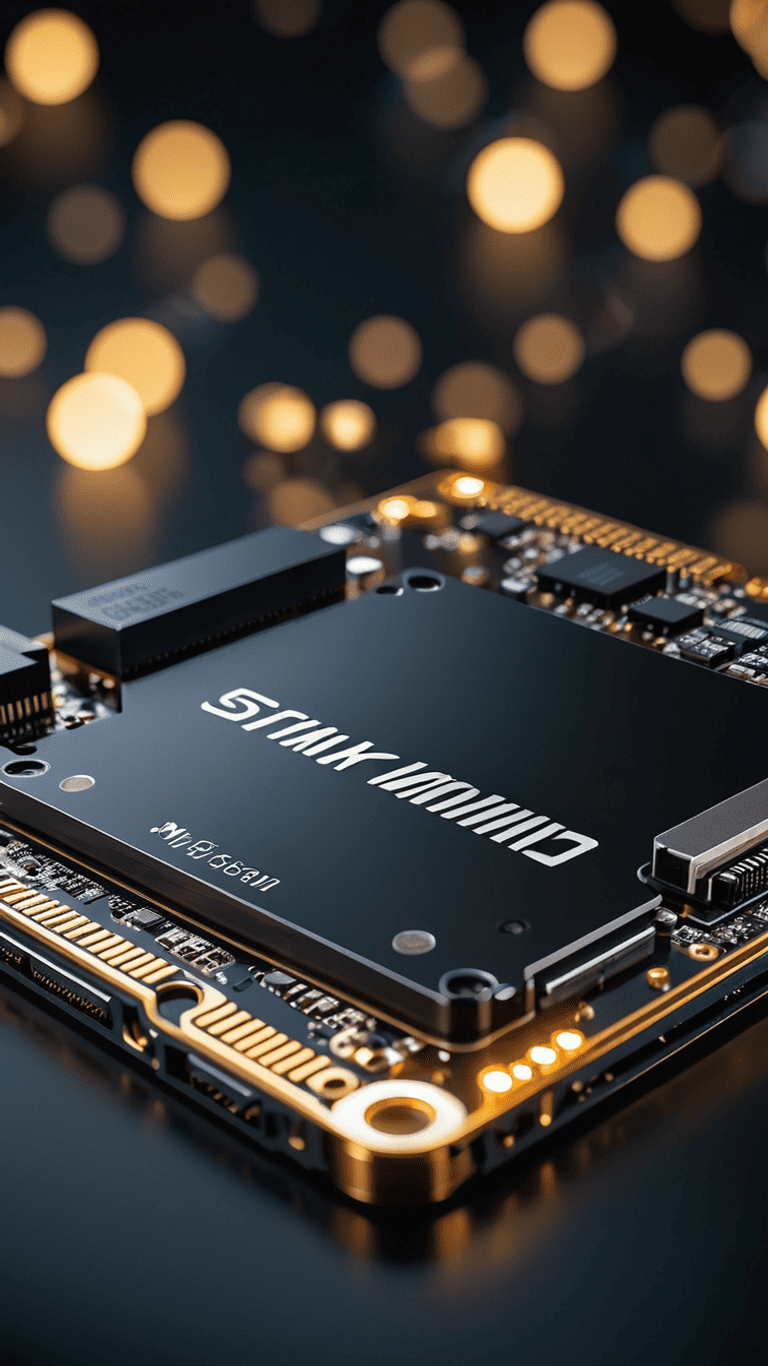
Maximizing Performance: Tips and Tricks for Optimizing M.2 NVMe SSDs
To ensure that you get the most out of your M.2 NVMe SSD, there are a few tips and tricks you can follow. Firstly, make sure that your SSD is properly installed and configured in your system’s BIOS or UEFI firmware.
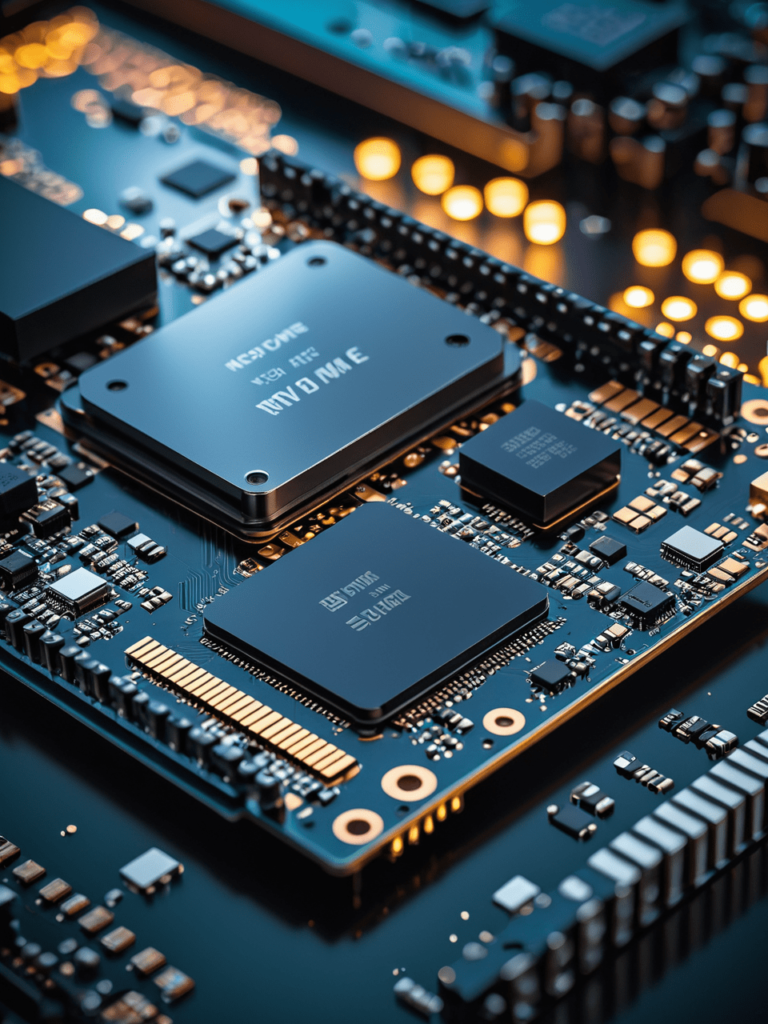
Additionally, consider enabling features like TRIM support and over-provisioning, which can help maintain peak performance and extend the lifespan of your SSD. Finally, regularly updating your SSD’s firmware can help ensure compatibility with the latest hardware and software, as well as improve overall performance.
FAQs about M.2 NVMe SSDs
Q: Are M.2 NVMe SSDs compatible with all motherboards?
A: While most modern motherboards support M.2 NVMe SSDs, it’s essential to check the specifications of your motherboard to ensure compatibility. Some older motherboards may require a BIOS or UEFI firmware update to support M.2 NVMe SSDs.
Q: Can an M.2 NVMe SSD be used as the boot drive?
A: Yes, M.2 NVMe SSDs can be used as boot drives, allowing for faster boot times and improved overall system responsiveness. However, ensure that your motherboard supports booting from an M.2 NVMe SSD and configure your BIOS or UEFI firmware accordingly.
Q: How do I install an M.2 NVMe SSD?
A: Installing an M.2 NVMe SSD is relatively straightforward. Simply insert the SSD into the M.2 slot on your motherboard, secure it with the provided screw, and connect any necessary cables. Refer to your motherboard’s manual for detailed installation instructions.

